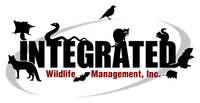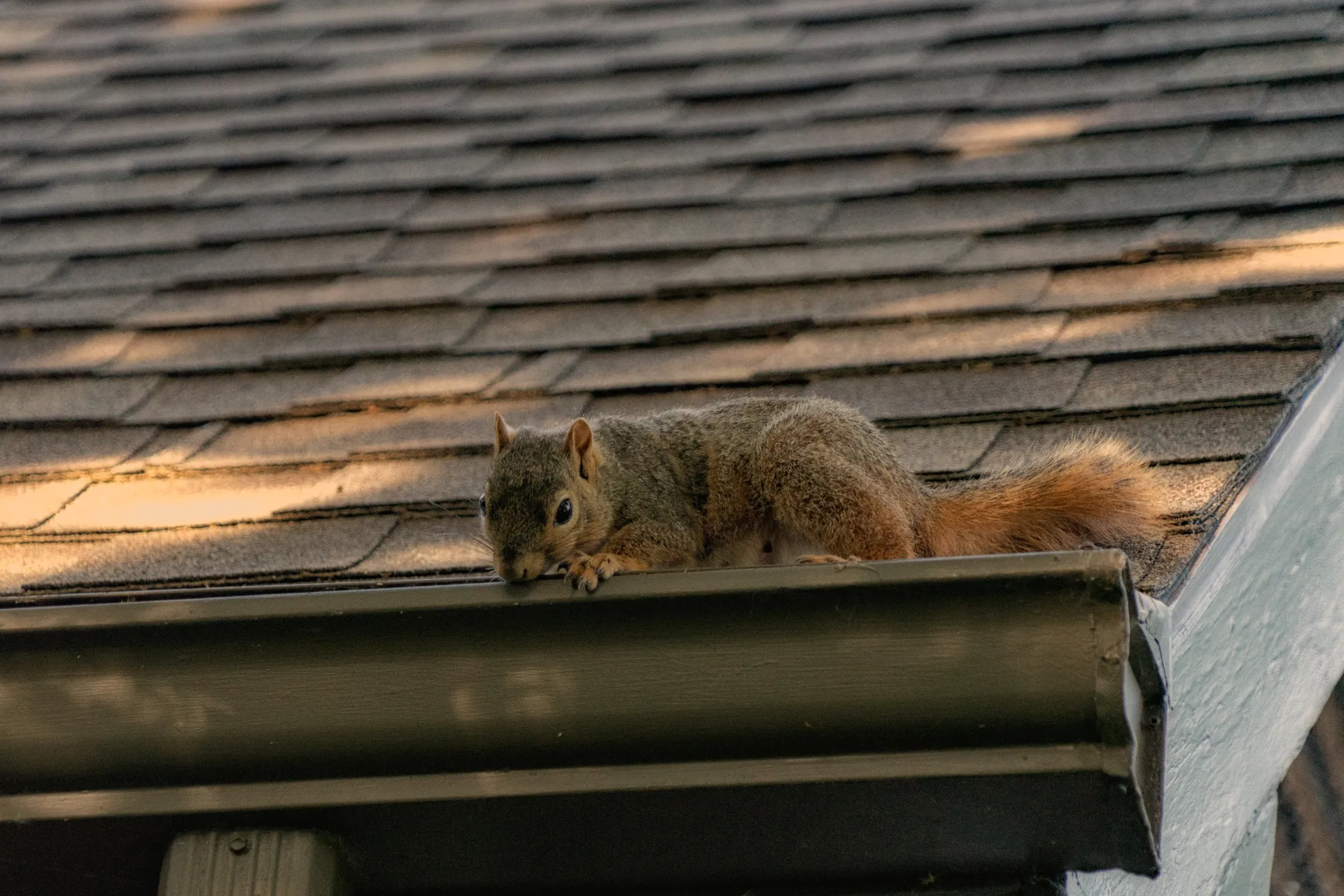Wildlife And Roof Damage: Protecting Your Home From Costly Repairs In The Raleigh, NC Area
Your home’s roof is more than just a barrier against the elements; it’s a vital component of the structure that protects everything below it. But what happens when wildlife decides to make your roof their home? The presence of animals like raccoons, squirrels, birds, and bats may seem harmless at first, but their activities can lead to significant structural damage. Understanding the risks and addressing them promptly is crucial to safeguarding your home.
How Wildlife Targets Roofs
Wildlife often views your roof as an inviting haven. Animals are resourceful and adaptable, and they gravitate toward the shelter and safety your roof offers. Squirrels, raccoons, and birds are particularly drawn to roofs as ideal nesting spots. Loose shingles, soffit gaps, and attic vents serve as entry points, offering them easy access.
These animals are driven by instinct, whether it’s seeking warmth during colder months or a safe space to raise their young. In the process, they claw, chew, and peck at roofing materials, creating holes and tearing apart insulation. What begins as a minor nuisance quickly escalates as these creatures exploit the vulnerabilities of your home. Their presence is rarely noticed immediately, allowing the damage to accumulate over time.
A Closer Look At Roof Damage
The physical impact of wildlife on roofing materials can be extensive, with each animal bringing its unique set of destructive behaviors. Squirrels, in particular, with their sharp and ever-growing teeth, gnaw through wood, shingles, and even metal flashing in their relentless attempt to access the attic. This chewing weakens critical parts of the roof’s structure, creating entry points that grow larger over time. Birds, though smaller and less obvious, can wreak significant havoc by pulling apart soffits, prying at loose shingles, and constructing nests in gutters. These nests not only block water flow but also add weight and strain to your roof’s drainage system. Raccoons, leveraging their strength and dexterity, are particularly notorious for tearing away shingles and enlarging even the smallest of gaps to force their way inside.
Once these animals gain entry, the problems multiply dramatically. Wildlife often drags in nesting materials like twigs, leaves, and shredded insulation, cluttering your attic and compromising its functionality. Food remnants brought inside will attract other pests, creating a cascading infestation that grows and spreads beyond the initial breach and first few invaders. Waste left behind by these animals exacerbates the issue, introducing harmful bacteria and unpleasant odors. Additionally, the constant scratching, chewing, and movement further degrade your roof’s interior structures, destabilizing beams and weakening support elements.
One of the most insidious consequences of wildlife activity is the introduction of moisture. Compromised areas of the roof allow rain or snow to seep in, hastening the rotting of wood and the growth of mold. Mold spores can spread through the air, causing health risks to your family while deteriorating insulation and drywall. Over time, these seemingly minor breaches can escalate into costly repairs or even structural overhauls. Addressing the physical damage caused by wildlife promptly is crucial to maintaining the integrity and safety of your home.
How Roof Damage Spreads
The consequences of wildlife activity don’t stop at the roof. Once the integrity of the roof is compromised, the damage often spreads to other parts of the home. Water intrusion is one of the most significant risks. Even small openings created by animals can allow moisture to penetrate, affecting insulation, ceilings, and walls. Over time, this moisture leads to mold and mildew, which can pose health risks to the home’s occupants.
Additionally, nests built by animals like birds and squirrels often obstruct ventilation systems. Blocked vents can cause poor air circulation, leading to increased humidity levels in the attic. This environment not only accelerates mold growth but can also attract other pests, compounding the problem.
The presence of wildlife in the roof can also interfere with electrical wiring. Rodents, for instance, are notorious for chewing through wires, creating fire hazards. This cascade of issues highlights the importance of addressing wildlife-related roof damage as soon as it’s discovered.
Why DIY Solutions Aren’t Enough
Many homeowners are tempted to handle wildlife problems themselves, believing that a quick fix will solve the issue. However, dealing with wildlife requires a nuanced understanding of animal behavior and building structures. Simply sealing an entry point may trap animals inside, leading to further damage or unpleasant situations as they attempt to escape.
Moreover, improper handling of wildlife can be dangerous. Animals like raccoons and bats may carry diseases such as rabies or histoplasmosis. Attempting to remove them without the proper precautions puts both the homeowner and the animals at risk. Additionally, many states have laws regarding the humane removal of wildlife, making professional expertise even more critical.
Even if animals are successfully removed, the underlying damage to the roof often requires specialized repair techniques. Patching holes or replacing shingles without addressing insulation, ventilation, or structural issues is a temporary fix at best. Professional services ensure that the root cause of the problem is resolved, preventing future infestations.
The Importance Of Professional Wildlife Management
Professional wildlife management offers a comprehensive solution to the problem of roof damage caused by animals. Experts in this field combine humane removal practices with structural repairs and preventative measures to ensure a long-lasting resolution. Integrated Wildlife Management, for example, provides a thorough inspection of your roof to identify entry points, assess damage, and determine the best course of action.
The process begins with a careful evaluation of the affected areas. This includes identifying all access points and assessing the extent of the damage to the roof, insulation, and other structures. Wildlife specialists use humane traps and exclusion techniques to safely remove animals without causing harm.
Once the wildlife is removed, the focus shifts to repairs and prevention. Damaged materials are replaced, and vulnerable areas are reinforced to prevent re-entry. This may include installing metal flashing, repairing soffits, or upgrading attic ventilation systems. By addressing the root cause of the problem, professional services provide peace of mind and protect your home from future invasions.
Roof damage from wildlife is not a problem that can be ignored. The longer it’s left unaddressed, the greater the risks to your home’s structure and your family’s safety. At Integrated Wildlife Management, we specialize in providing effective, humane solutions to wildlife issues. Our team of experts is dedicated to restoring the integrity of your roof and preventing future infestations.
Don’t let animals compromise your home’s safety and comfort. Contact Integrated Wildlife Management today for a comprehensive inspection and tailored wildlife exclusion services. Together, we can protect your home from the hidden dangers lurking above.

